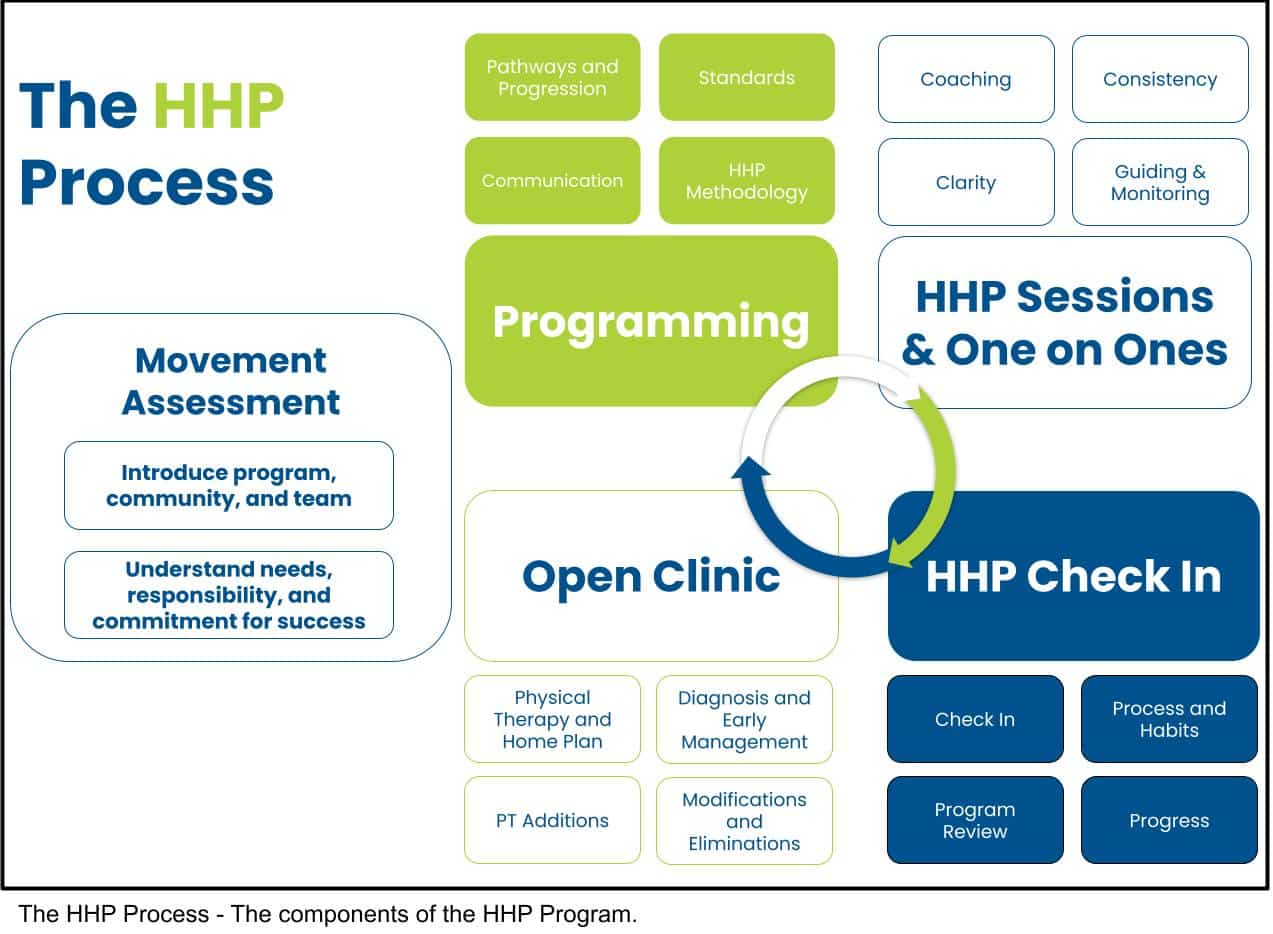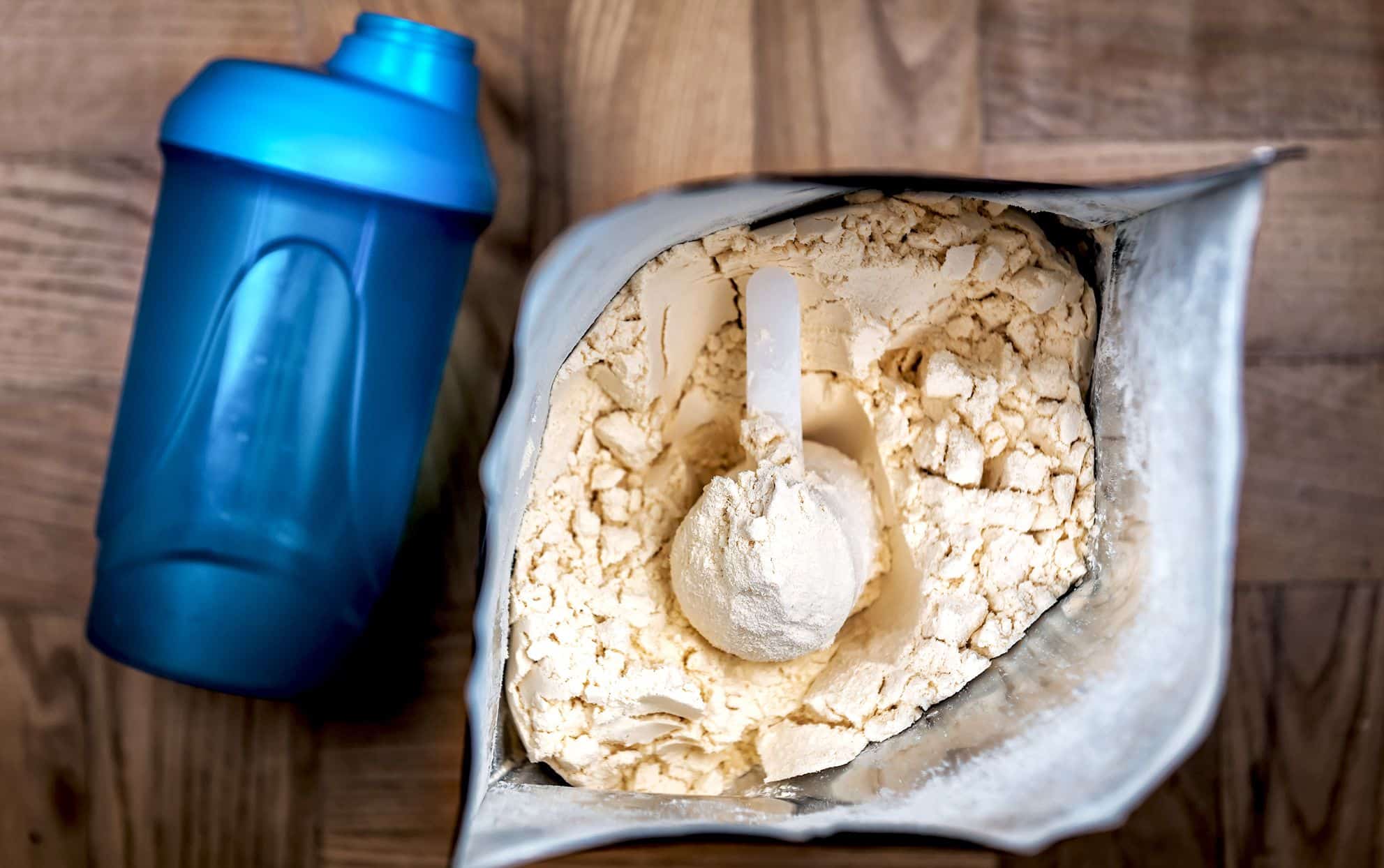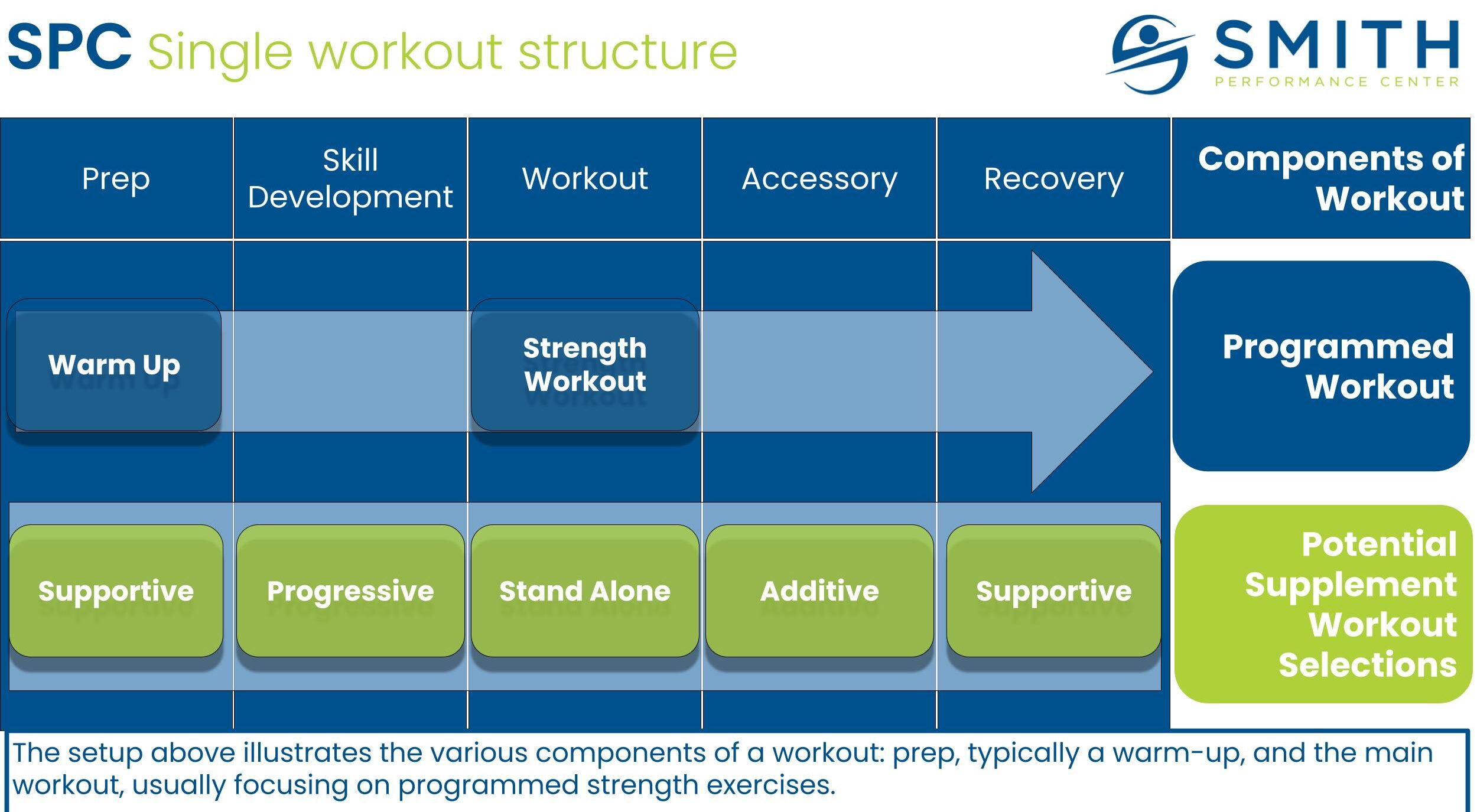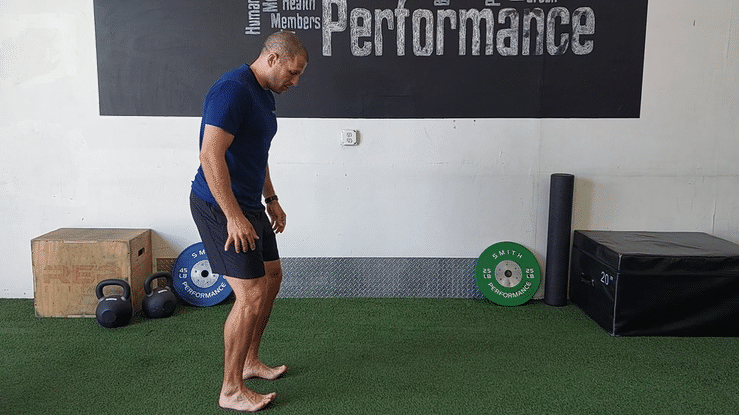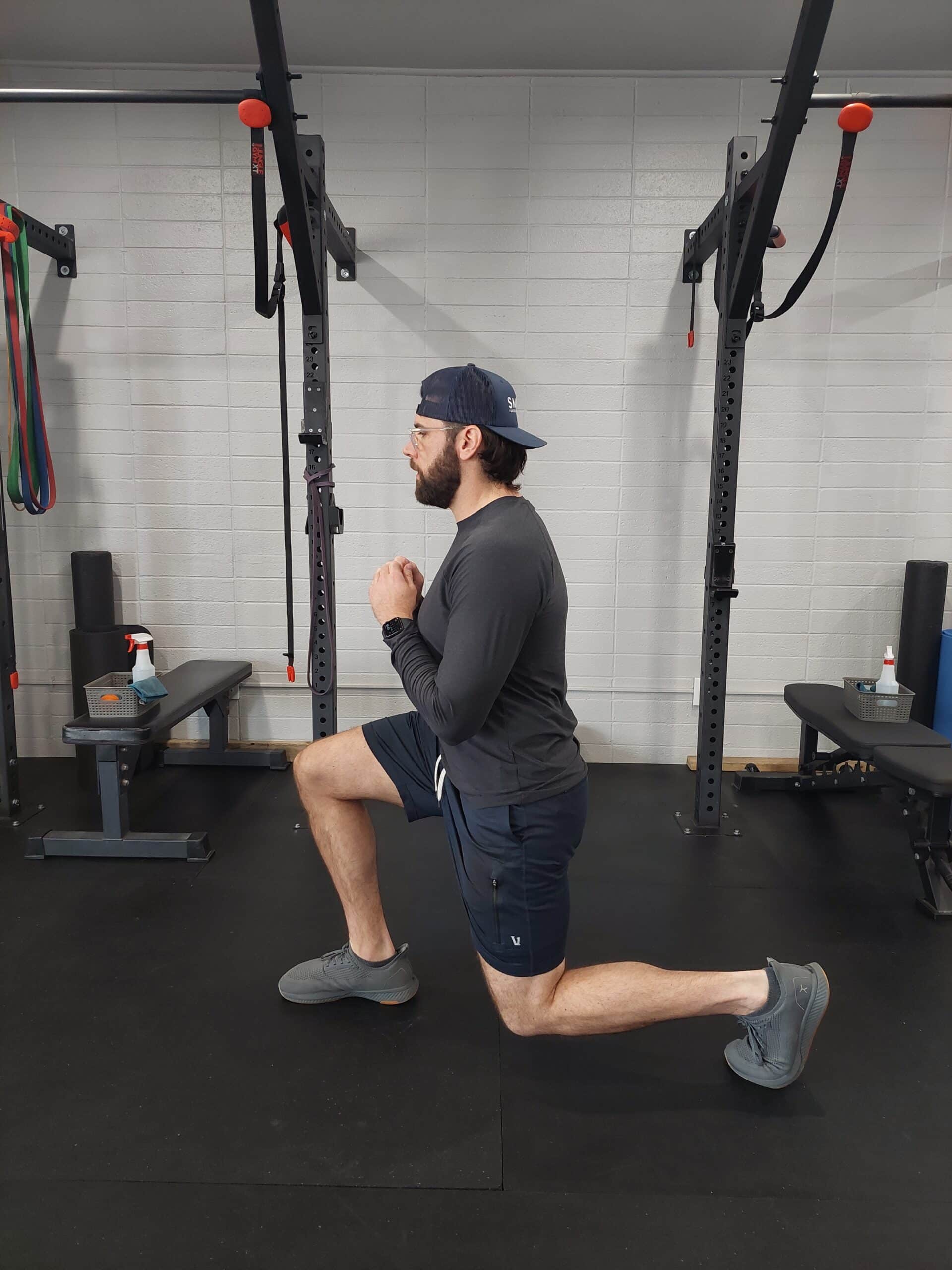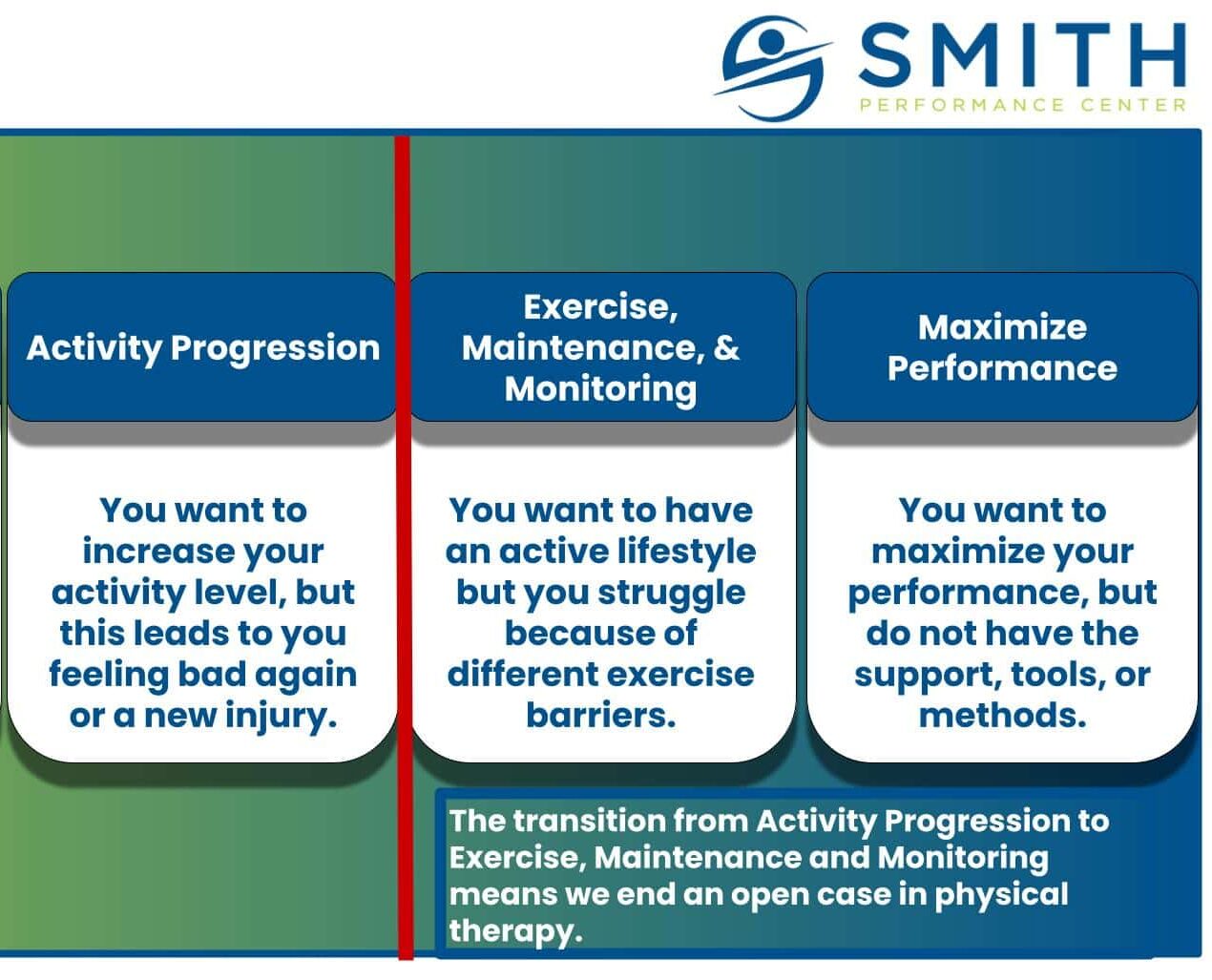In the realm of physical fitness, the drive to push our limits often overshadows the significance of rest and recovery.
Enter the concept of “Deloading” — a strategic and essential practice that can be a game-changer in your strength training regimen. As we engage in rigorous workouts and demanding physical activities, our bodies undergo stress, breaking down muscles and tissues.
Yet, it’s during periods of rest that our bodies repair, adapt, and ultimately grow stronger in response to these stresses.
The Deload week, a planned phase of reduced training volume, intensity, or frequency, serves as a pivotal component of a well-structured training program.
Its purpose is simple yet profound: to allow the body the necessary time and space to recover, prevent overtraining, and boost overall performance. Understanding when, why, and how to implement a Deload week can significantly impact your training outcomes, ensuring sustained progress, and minimizing the risk of injury.
Let’s delve deeper into the fundamentals of Deloading and how it can elevate your training journey.
Definition of a Deload
A Deload week is a planned reduction in training days and/or training volume/intensity, aimed at recovery, injury prevention, and overall performance enhancement.
When to Deload
Recognizing the perfect moment for a Deload week can be as crucial as the training itself. These checkpoints indicate when a strategic rest phase might be just what your body needs to reignite progress and enhance overall performance.
- Getting Weaker: Plateauing or feeling overreached? If your usual weights feel heavier or if you feel fatigued, your central nervous system may be fatigued.
- Constant Soreness: Consistent muscle or joint soreness with no relief.
- Fatigue: Feeling persistently tired despite adequate sleep.
- Before & After Competition: To optimize performance on competition day and recover post-event.
- Sickness: When your body is battling illness and needs rest before resuming exercises.
- Injury: If you are having pain with movements or workouts. This can be overtraining, time for a deload, or an emerging that needs to be managed.
How to Deload
Executing a Deload week involves strategic adjustments in volume, intensity, and training frequency. Here’s a breakdown of techniques to effectively tailor your workouts for optimal recovery and rejuvenation.
- Decrease Volume: Reduce the number of reps or sets.
- Decrease Intensity: Work with lighter weights (40-60% of 1RM).
- Reduce Training Days: Shorten your workout frequency.
- Combination: Reduce volume, intensity, and days in combination.
How We Operationalize Deload at SPC
Understanding how to use the deload concept within the context of SPC can enhance your training experience and outcomes. Here are the key ways to apply deloading at SPC:
- Strategic Deloading: At SPC, we incorporate Deload weeks into your program for recovery and adaptation. Non-competitors can follow the program as is, while competitors should Deload before and after their events. Seek guidance from your Strength Coach if your workouts are not matching to your race or competition schedule.
- Tracking Progress: Use the SPC app to input weights lifted. A decline in progress might signal the need for a Deload week.
- Utilize SPC App History: Leverage your training history in the SPC app to adjust weights and reference Deload percentages.
- Personal Adjustment: A 40-60% decrease is standard, but listen to your body and adjust as necessary.
- New injury or pain: We use an open clinic with our physical therapists to triage and manage the new symptoms. The physical therapist may recommend deloading, especially if the load is aggravating the injury.
In summary, Deload weeks are strategic maneuvers that optimize training.
By integrating these planned recovery phases, you not only mitigate the risk of injury due to lost resilience in your tissues but also set the stage for sustained progress and performance.
Do you struggle with maintaining an exercise routine?
Let us help you develop an exercise routine that can work even with a busy schedule.

